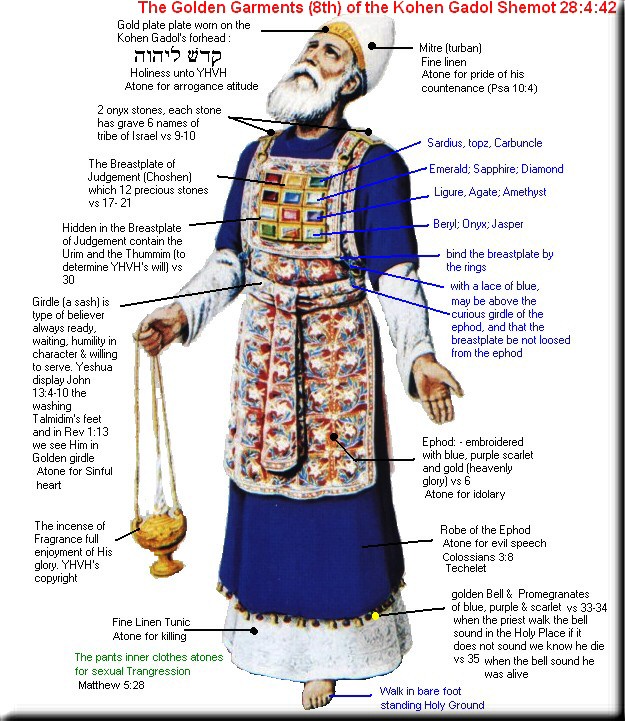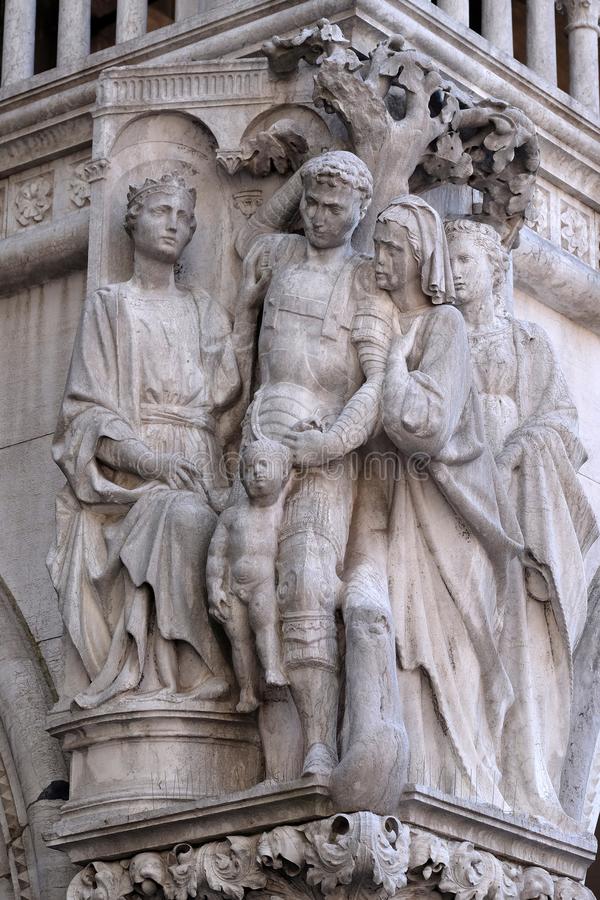Kepha (Kefa, Kepha, Cepha, Hepha) was the city where the Lord Jesus was judged by the Doctors of the Law of Israel ie: The Priesthood of Kepha and condemned to death. In the Scripture, the city of Kepha was said to be separated from the city known as Acco, or Ptolemais, by a large and beautiful harbor. To travel by sea from Acco to Kepha was approximately fifteen miles but by land the distance is double.
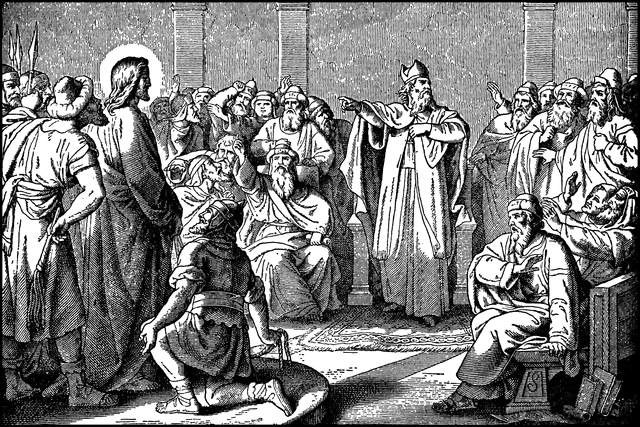
The word Kepha means “the head,” but also denote esoterically in religion as, “Ruler, Lord or a Cornerstone (Masonic), uniting two walls.” There are many alternate spellings of the word such as Cepha, Cephas, and most commonly in Scripture as ‘Caiphas.’
You will find many priests at this time who had taken the name of Kephas, Cephas and or Caiphas. For example, as I explained in my article, Simon (Saint Peter): Kepha of the Church and The Kepha (Head Priest) Holds the Keys to Heaven and Hell, Simon AKA Saint Peter is given a special “code name” by Jesus when he says, “Thou art Shemeun, (Simon,) the son of Jona (John): thou shalt be called Kepha.” (John 1:42)
Kepha AKA Simon (Saint Peter) was succeeded by five sons and this son-in-law (Jos., “Ant.,” 18, 2, If.; 20, 9, 1.) The family were all Sadducees (Jos., Talmud), and were especially adversarial to the Pharisees. Crete and the name of “Kephala” connect to the biblical history of the High Priests of Isreal known as the Kepha, Simon (Saint Peter) who was also known as “Simon Kephas” and Jesus who was a “member of this Brotherhood.”
According to Josephus, he was also called Caiaphas” and was made high priest (18–36 C.E.) at the time of Jesus’ activity and crucifixion by the Procurator Valerius Gratus (18 A.D.) and that he was removed by the Procurator Vitellius (36 A.D.). His successor was “Jonathan the son of Ananus,”(Annas of the NT) (Antiq. XVIII. ii. 2; iv. 3) .
Historical sources prove the influential priestly background of Joseph Caiaphas who was the son-in-law of Anan – son of Seth, a powerful and important priestly family in Jerusalem (John 18:13); the Mishnah (Par. 3:5) speaks of a high priest named Elioeneiai (*Elionaeus) ha-Kayyaf (ha-Kof), who some say may have been a son of Joseph Caiaphas.
Please keep in mind that Joseph Caiaphas is the same person we know as the Roman-Jewish Historian, Josephus AKA Titus Flavius Josephus born Yosef ben Matityahu who initially fought against the Romans during the First Jewish–Roman War as head of Jewish forces in Galilee.
Therefore, we can say that the Caiphas High Priest and his Brethren of Israel were the true the Doctors of the Law at the time. These hereditary High Priests and Doctors of the Law had ruled from what is known biblically as the “Palace or House/Hall of Kephas (Caiphas).” This was the place where the High Priest of Israel resided, and it was here that Jesus was tried by the Sanhedrin.
An important to note that Simon Kepha – AKA Saint Peter had denied Jesus in one of the courts of the Palace or House of Kephas which was the exact place as mentioned by St. Mark as the two cock-crowings (chap. xiv. 72), thus increasing the guilt of Peter’s denial.
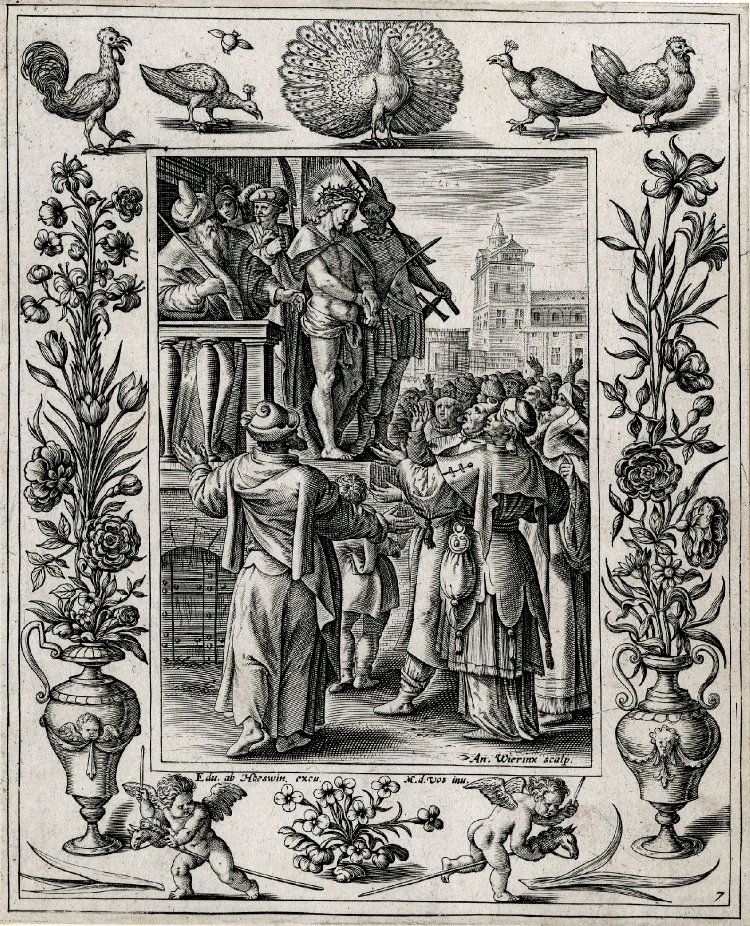
As I had written in a previous article, The Kepha (Head Priest) Holds the Keys to Heaven and Hell, this location has been verified by science and history given the fact that on the ancient Holy Island of Crete sits the Temple of Knossos (AKA Gnosis) at the bottom of a hill that was once called “Kephala.” (AKA Kephala tou Tselevi)
This is also the exact location where archeologists have found “Kephala Tholos Tomb”, which sits north of the palace of Knossos. This was where King Kephalos (Cephalus) of Crete had ruled over the “Villages of Kephalos,” from the steep and lofty headland of Kephalos.
I would like to point out that this name of Kephala tou Tselevi is also an Apocalyptic clue to the historical and biblical origins of these hereditary Israelite High Priests and Doctors of the Law.
The name Kephala means Head, tou may signify king but in the Hebrew/Modern Phoenician, the equivalent is ta’ah which mostly means “deceived, leads them astray, leads to ruin, misled and or went astray.” We find the meaning of Tselevi points to the name of their biblical priesthood – The Levites which corresponds to the “specific roles and legal rites” they were given by Rome under the rules of both Julius and Agustus Caesars.
This is precisely why in the Scripture, the headland or hill of Kephalos was also known as the Mount of Tombs and is called by the Christians, “The Hill of Evil Counsel.” The place where it is said that the princes, priests, scribes and the elders of the law had conspired to arrest Jesus. As it is said in Matthew 26:3-5, “that by subtlety they might apprehend Jesus“, was held in the house of Caiphas.
The Tosefta which is said to be a compilation of the Jewish oral law mentions the House of Kaipha (AKA the Judgment Hall of Caiaphas) as a high-priestly family.(Yev. 1:10) The hill south of Jerusalem where this house is said by tradition to have stood is called the “Hill of Evil Counsel”.
This is why I believe that it was also called Kephala tou Tselevi for these were the same Levite priests who were the first High Priest of the Israelites with Aaron and his brother Moses who could be called the founders of the Levite Priesthood. Joseph was both a Levite Prince and the High Priest with the Coat of Many Colors.

Moe is the founder of GnosticWarrior.com. He is a father, husband, author, martial arts black belt, and an expert in Gnosticism, the occult, and esotericism.

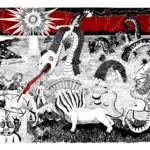

![Of the Council he held with his chief men concerning their reception of the faith of Christ, and how the high priest profaned his own altars [627 A.D.] | Book 2 | Chapter 13 Of the Council he held with his chief men concerning their reception of the faith of Christ, and how the high priest profaned his own altars [627 A.D.] | Book 2 | Chapter 13](https://www.gnosticwarrior.com/wp-content/plugins/contextual-related-posts/default.png)
